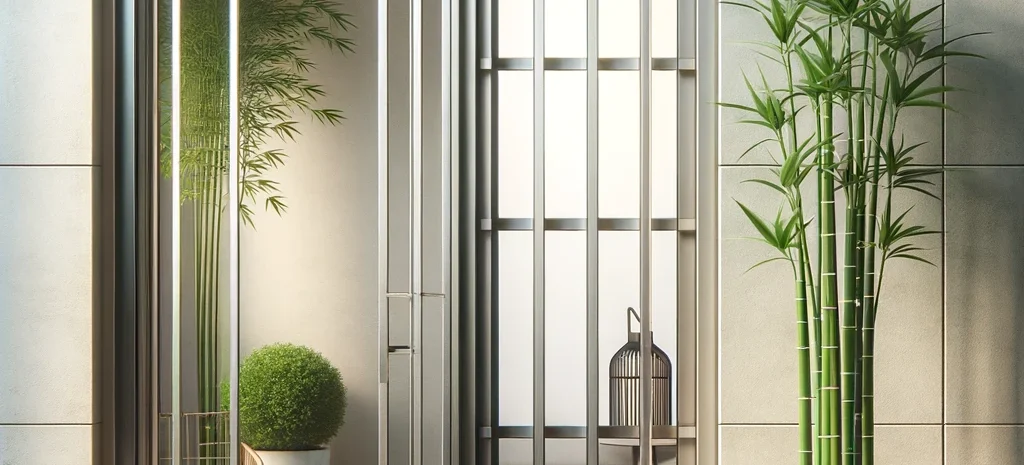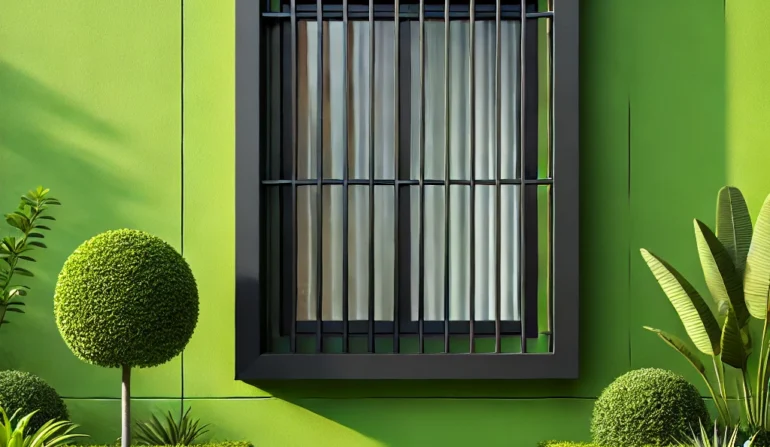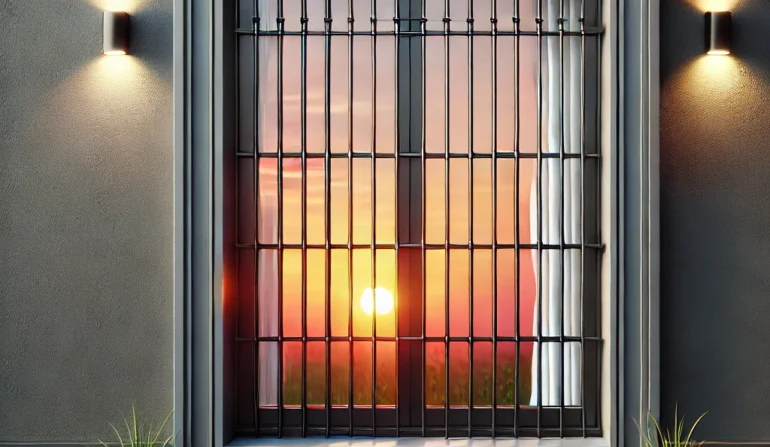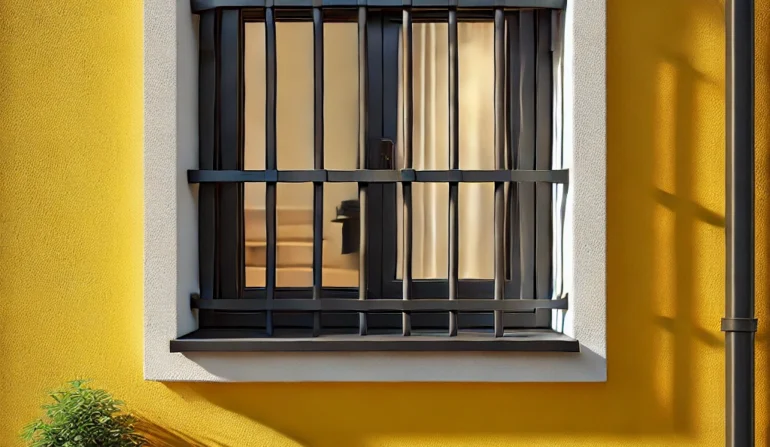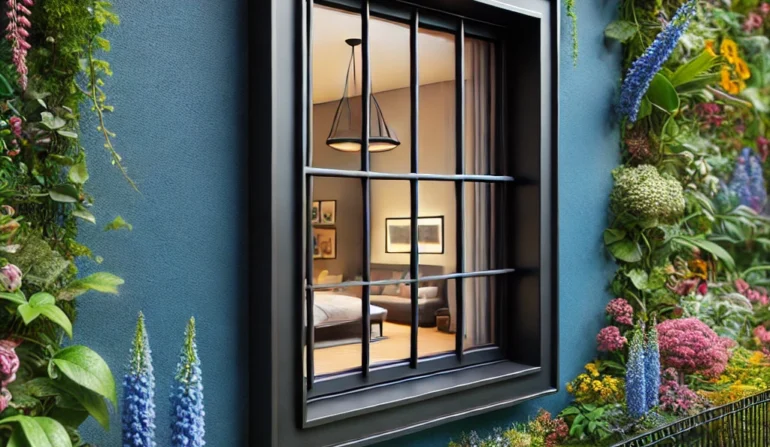Security is a priority for many homeowners, and while exterior window bars are effective, interior window bars offer a unique solution that combines safety with a less obtrusive look. Designed to provide a strong barrier from the inside, interior window bars are often preferred for their discreet appearance, especially in areas where aesthetics are a concern. They’re versatile, easy to install, and suitable for both homes and businesses looking to secure vulnerable entry points.
This guide explores the benefits of interior window bars, types of designs, popular materials, and essential tips for installation, helping you make an informed choice for enhancing your home’s security.
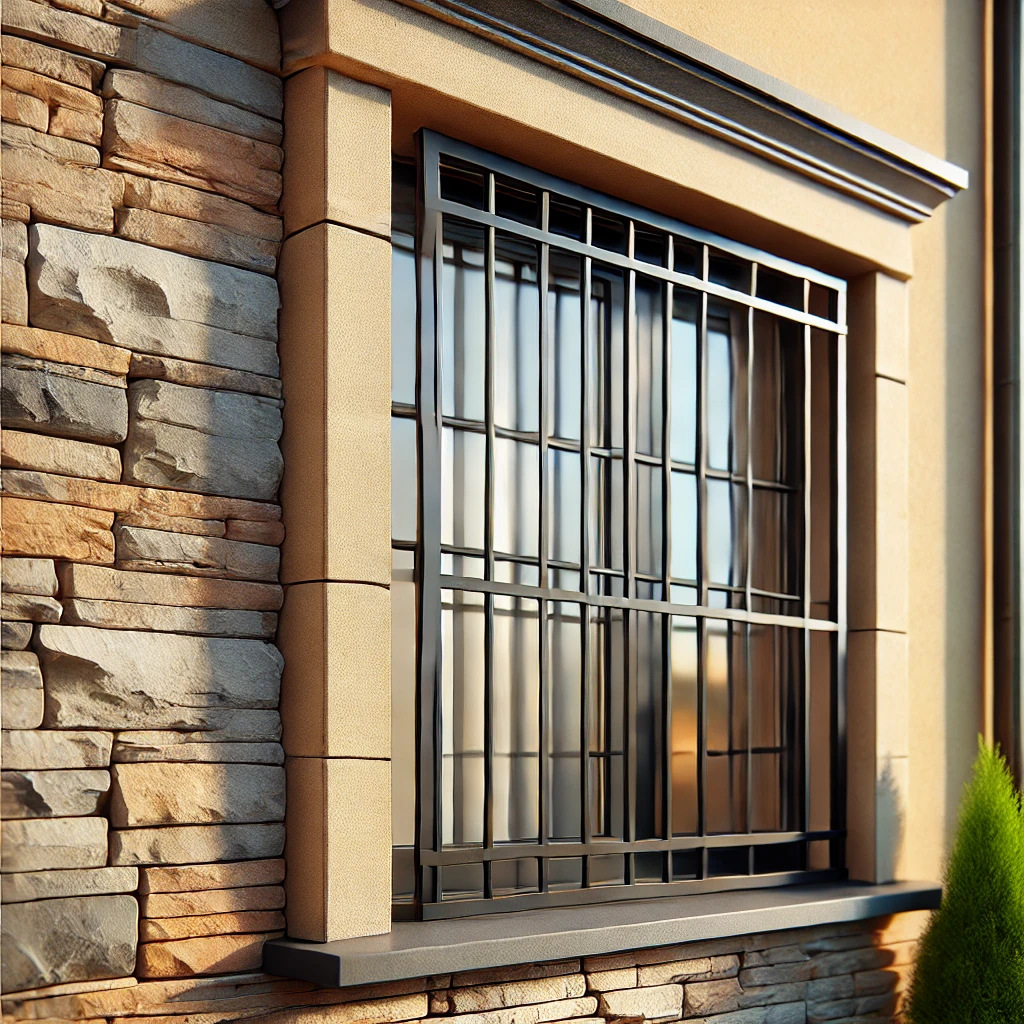
Benefits of Interior Window Bars
Interior window bars offer several advantages that make them a practical and aesthetically pleasing choice for home security:
- Enhanced Security: Interior window bars create a physical barrier that deters unauthorized entry. Installed inside the home, they add an extra layer of protection for windows on ground floors or secluded areas.
- Discreet Appearance: Installed on the interior, these bars are less visible from the outside, making them ideal for properties where exterior security bars may not be allowed or desired.
- Protection from Weather: Since they’re inside, interior bars are protected from the elements, reducing wear and tear and minimizing maintenance needs.
- Child and Pet Safety: Interior window bars provide an additional safeguard for families with young children or pets, preventing accidental falls from windows.
- Customization Options: Interior bars come in a variety of designs and finishes, allowing homeowners to choose options that match their home’s interior style.
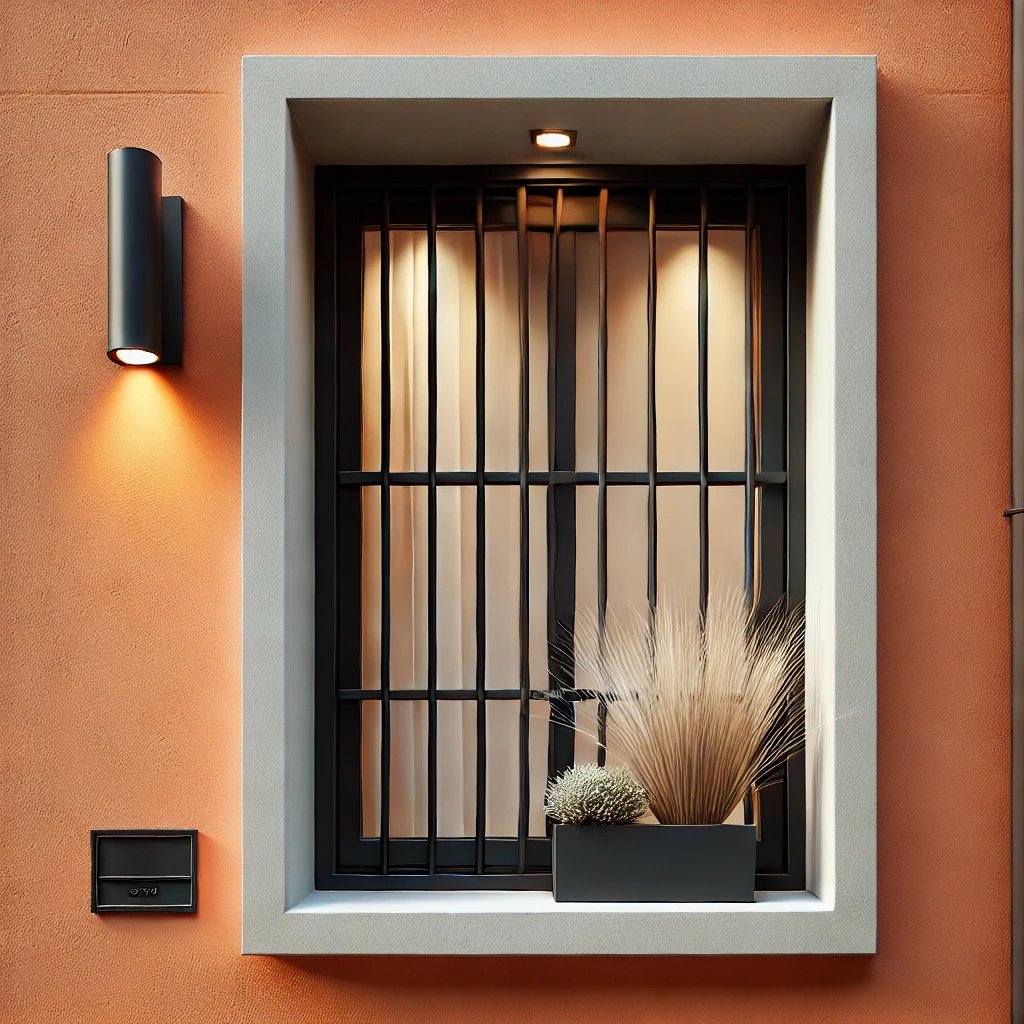
Types of Interior Window Bars
There are several types of interior window bars designed to fit different security needs and style preferences:
- Fixed Interior Bars: These bars are permanently installed on the window frame or wall, providing high security without the option of removal. They’re ideal for windows in basements, garages, or other spaces that don’t require frequent access.
- Removable Interior Bars: Designed for flexibility, removable bars can be easily installed or taken down when needed. This makes them suitable for areas where temporary security may be required.
- Swing-Away Bars: These bars are mounted on hinges, allowing them to swing open when necessary. This type is particularly useful for emergency exit windows, providing both security and an accessible escape route.
- Telescopic or Adjustable Bars: Adjustable bars can be extended or contracted to fit various window sizes, offering a practical solution for renters or those looking for non-permanent installations.
Choosing the right type of bar depends on your security requirements, whether emergency exit access is needed, and whether the installation is intended to be permanent or temporary.

Popular Materials for Interior Window Bars
The material used in interior window bars affects their durability, appearance, and cost. Here are some of the most common materials:
- Steel: Known for its strength, steel is a popular choice for interior window bars due to its durability and tamper-resistant qualities. Powder-coated or painted steel is also rust-resistant, ensuring longevity even indoors.
- Wrought Iron: Wrought iron provides a decorative, classic look, ideal for homeowners who want security with style. While it is highly durable, it may require occasional maintenance to prevent rust.
- Aluminum: Lightweight and corrosion-resistant, aluminum is easy to install and has a sleek look. While not as strong as steel, it offers adequate protection for most residential applications.
- Polycarbonate Panels: For those who prefer a clear, less obtrusive option, polycarbonate panels are impact-resistant and can provide some level of security without the visible presence of metal bars.
Each material offers distinct benefits, so selecting the right one will depend on your budget, aesthetic preferences, and desired level of security.
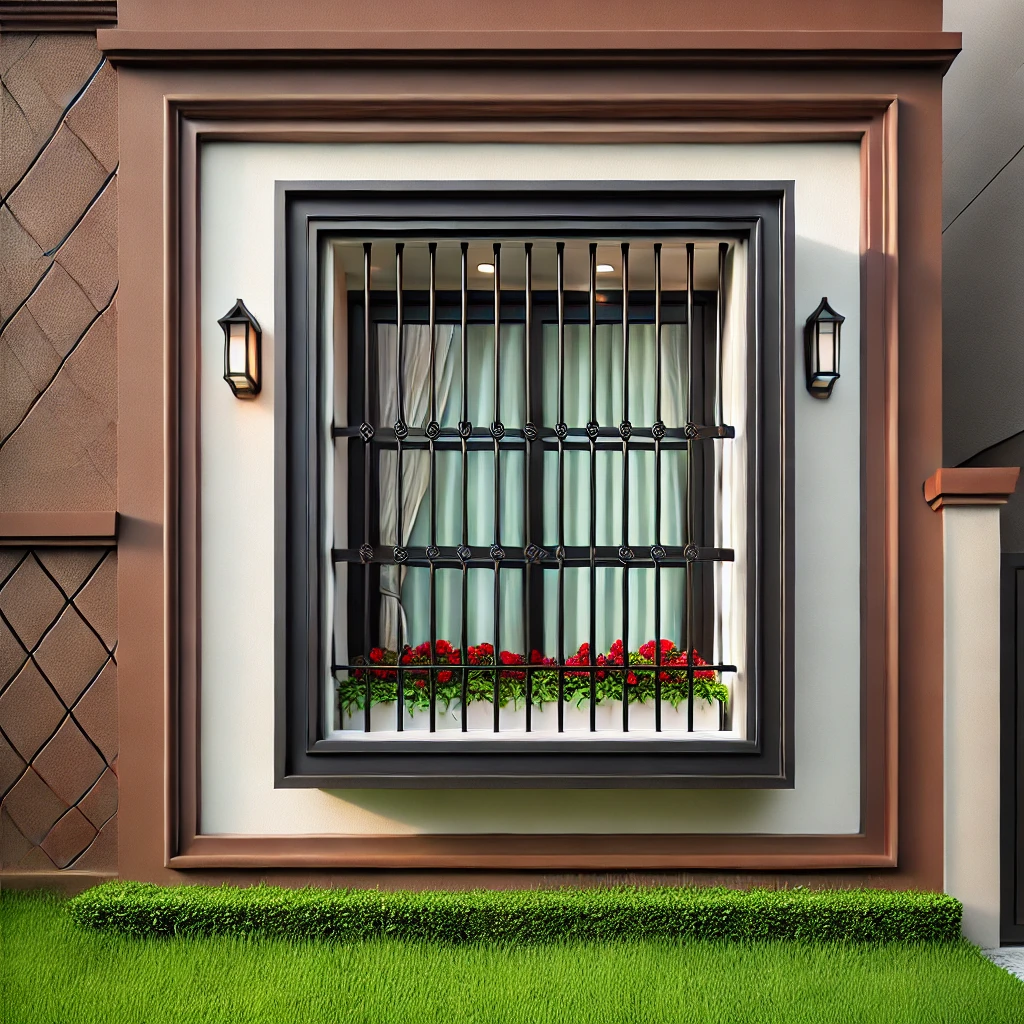
Maintenance Tips for Interior Window Bars
While interior window bars require less maintenance than exterior bars, regular care will help keep them looking and functioning their best:
- Dust Regularly: Use a soft cloth or duster to remove dust buildup. For intricate designs, use a small brush to clean hard-to-reach areas.
- Inspect for Loose Hardware: Periodically check the mounting brackets and screws to ensure they remain securely fastened. Tighten any loose hardware as needed.
- Apply Touch-Up Paint: For painted bars, touch up any chips or scratches to maintain their appearance and prevent minor corrosion.
- Lubricate Hinges: For swing-away or hinged bars, apply a small amount of lubricant to the hinges to ensure they open and close smoothly.
Following these maintenance steps will help your interior window bars remain effective and visually appealing.
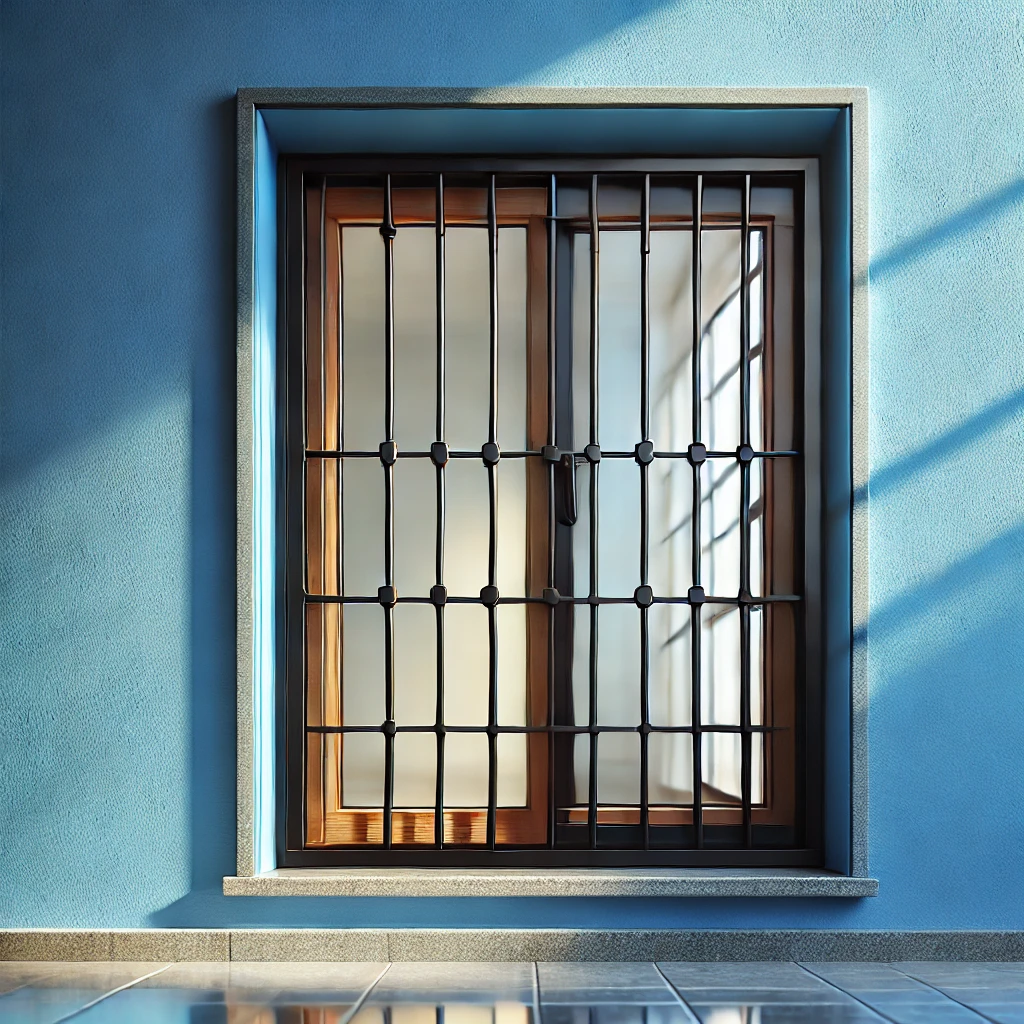
Secure and Stylish Interior Window Bars
Interior window bars offer a unique blend of security, style, and functionality for homes and businesses. With options ranging from fixed and swing-away bars to adjustable designs, there’s a solution to fit every security need and aesthetic preference. Choosing the right materials, design, and installation method allows you to enhance home security without compromising on style.
Whether you need temporary protection for a rental property or a permanent solution for a family home, interior window bars provide peace of mind, safety, and a discreet addition to any room’s decor.

